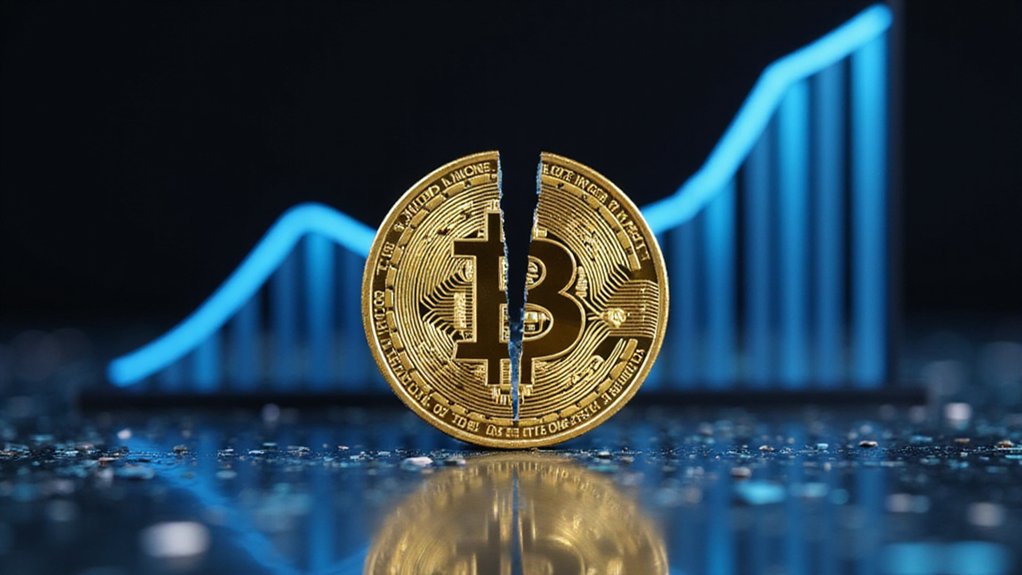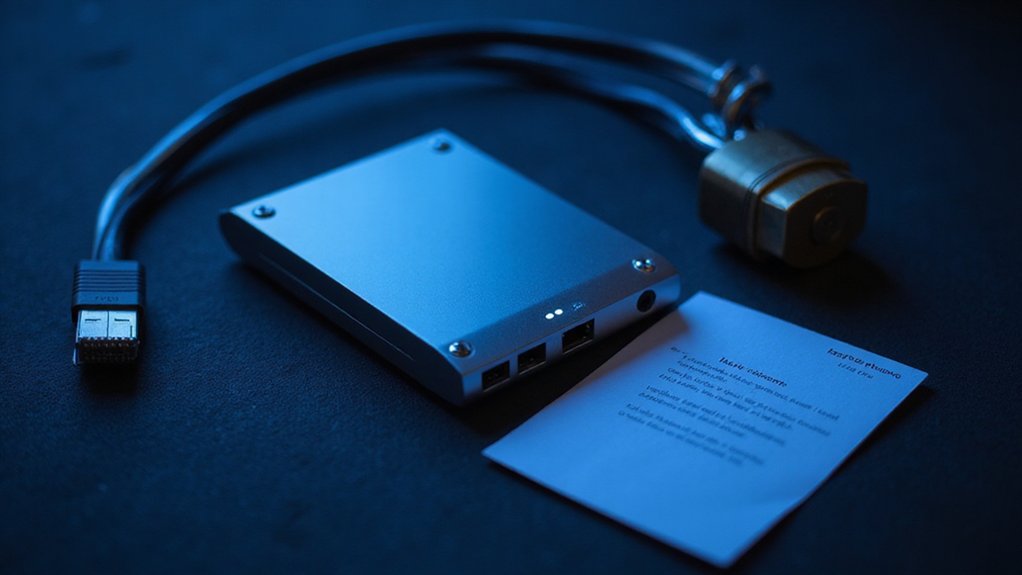Cryptocurrency exchanges serve as digital platforms connecting traders to the volatile world of digital assets. These marketplaces—ranging from centralized operations with corporate oversight to decentralized peer-to-peer networks—facilitate buying, selling, and trading of Bitcoin, Ethereum, and countless altcoins. They function similarly to traditional brokerages but with heightened security concerns (cold storage, two-factor authentication) and more complex fee structures. Understanding the distinctions between exchange types proves essential for anyone venturing into this peculiar financial frontier.

How exactly does one traverse the labyrinthine world of digital assets without a reliable intermediary? Enter cryptocurrency exchanges—digital platforms that function as the essential bridges between would-be traders and the volatile crypto markets they seek to conquer. These sophisticated marketplaces serve as the virtual town squares where Bitcoin enthusiasts, Ethereum evangelists, and countless altcoin adherents converge to conduct their financial transactions with varying degrees of expertise (and, one might add, success).
Operating much like traditional brokerages—albeit with considerably more technical jargon and exponentially higher volatility—cryptocurrency exchanges facilitate the buying, selling, and trading of digital currencies through intuitive interfaces designed to accommodate both novices and seasoned traders. They maintain digital order books that match buyers with sellers, enabling transactions across numerous trading pairs, whether crypto-to-crypto or the more conventional fiat-to-crypto variety. For the average user (who may find blockchain mechanics about as comprehensible as quantum physics), these platforms provide an accessible on-ramp to digital asset engagement. Some exchanges even convert digital currency balances into anonymous prepaid cards for ATM withdrawals around the world.
Crypto exchanges: digital matchmakers navigating volatility with interfaces that shield users from blockchain’s overwhelming complexity.
The exchange ecosystem itself has evolved into distinct categories: centralized exchanges (CEXs) where companies maintain control over operations and user funds; decentralized exchanges (DEXs) that eliminate intermediaries through peer-to-peer mechanisms; and hybrid models attempting to balance convenience with autonomy. Both centralized and decentralized exchanges offer unique benefits, with CEXs typically providing greater liquidity while DEXs deliver enhanced transparency and peer-to-peer transactions. Market leaders like Binance and Coinbase dominate the landscape with their extensive cryptocurrency offerings and user-friendly platforms tailored for different regional markets. Each variation presents its own particular set of advantages and limitations that traders must carefully evaluate.
Security considerations remain paramount in this domain, where cautionary tales of spectacular hacks and vanishing funds have become distressingly commonplace. Reputable exchanges implement robust security protocols—cold storage, two-factor authentication, encryption—while simultaneously traversing complex regulatory landscapes. Fee structures, often overlooked by newcomers until they substantially erode profits, vary dramatically between platforms and warrant thorough investigation.
The ultimate choice of exchange represents a delicate calculus of security, accessibility, cost, and functionality—a decision that can profoundly impact one’s cryptocurrency journey, for better or worse. In this digital wild west, discernment remains the investor’s most valuable asset.
Frequently Asked Questions
How Do I Choose the Safest Cryptocurrency Exchange?
To choose the safest cryptocurrency exchange, one should evaluate multiple security layers: robust two-factor authentication, cold storage solutions for funds, and regular third-party audits.
Regulatory compliance—including proper KYC procedures—offers additional protection, while established reputation and responsive customer support signify reliability.
Prudent investors balance security features against risk management tools (circuit breakers during volatility, sensible withdrawal limits) without being seduced by mere interface aesthetics—security infrastructure, after all, matters considerably more than visual appeal.
What Fees Do Exchanges Typically Charge per Transaction?
Cryptocurrency exchanges typically levy percentage-based fees ranging from 0.1% to 0.5% per transaction, often structured as maker-taker models where liquidity providers pay less.
Fees generally decrease as trading volume increases—a classic volume discount paradigm that rewards whales while leaving retail traders to shoulder heavier costs.
Additional charges may include withdrawal fees (varying by blockchain), deposit fees for fiat currencies, and specialized conversion fees—all of which form the house’s rather predictable edge in this digital casino.
Can Exchanges Be Hacked and Coins Stolen?
Yes, exchanges can be hacked—a distressingly common occurrence in the cryptocurrency ecosystem.
With approximately $2.2 billion stolen in 2024 alone across 303 incidents, these platforms remain prime targets for sophisticated attackers.
Vulnerabilities include private key compromises, smart contract exploits, and flash loan attacks.
North Korean state-sponsored groups like Lazarus have proven particularly adept at exchange heists, accounting for over $1 billion in 2023.
The median hack size increased 150% year-over-year in early 2024.
Are Cryptocurrency Exchanges Regulated by Government Authorities?
Cryptocurrency exchanges operate under varying regulatory frameworks globally—a patchwork quilt of oversight that ranges from stringent to virtually nonexistent.
While jurisdictions like Japan (through the FSA) and the U.S. (via SEC, CFTC, and FinCEN) impose substantial compliance requirements including AML/CFT protocols and identity verification, other regions maintain laissez-faire approaches.
This regulatory arbitrage creates a curious landscape where exchanges sometimes jurisdiction-shop, seeking favorable regulatory climes while regulators scramble to establish coherent frameworks for this rapidly evolving asset class.
How Do I Withdraw My Fiat Money From Exchanges?
Withdrawing fiat from exchanges requires maneuvering a surprisingly byzantine process.
Users typically select their withdrawal currency, specify amount, and choose a method (bank transfer being the predominant option).
Most platforms necessitate pre-linked bank accounts and completion of verification procedures—often including 2FA.
Withdrawal times vary dramatically by exchange and jurisdiction; while some offer near-instantaneous transfers, others (inexplicably) require hours or days.
Mind the ubiquitous minimum thresholds and fee structures, which can substantially erode smaller withdrawals.









